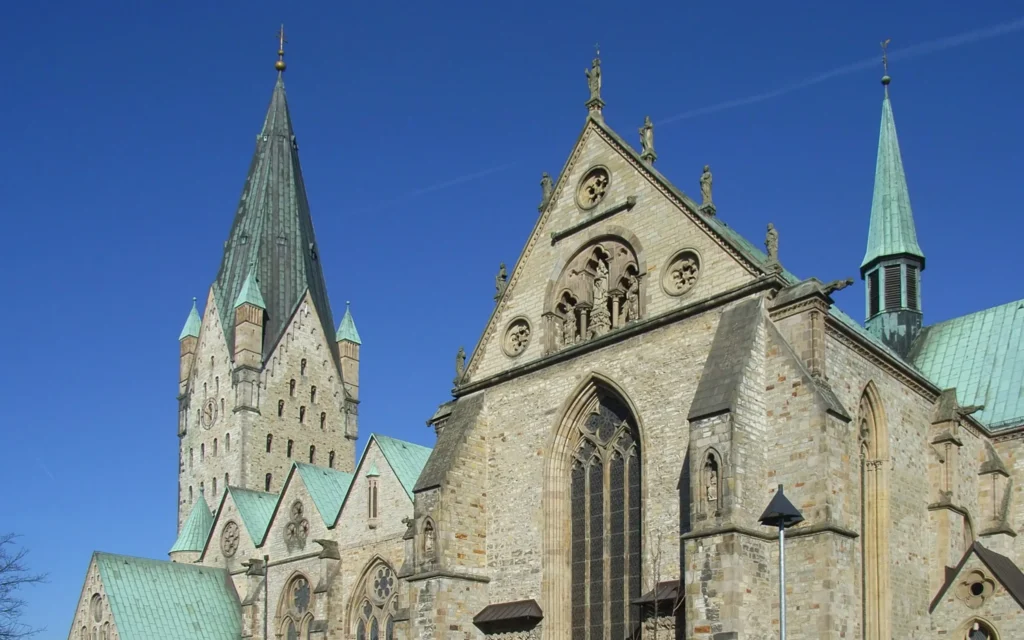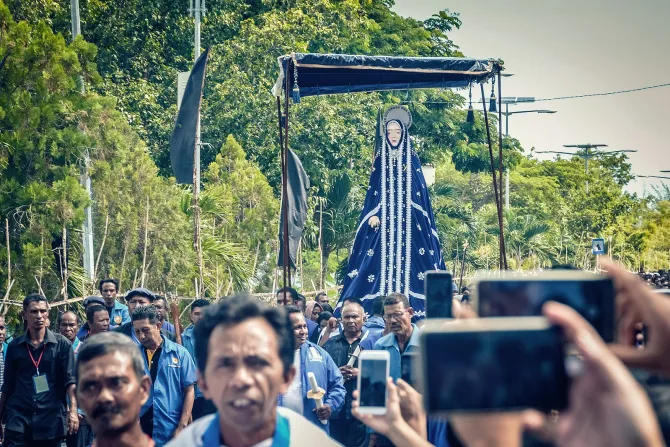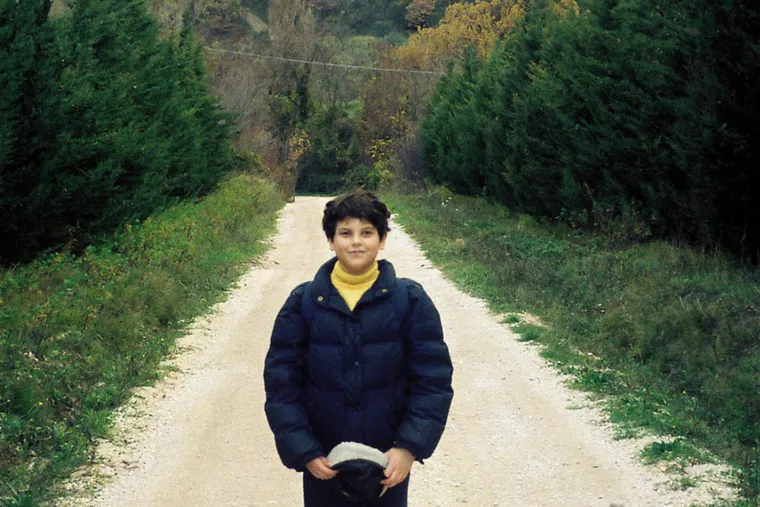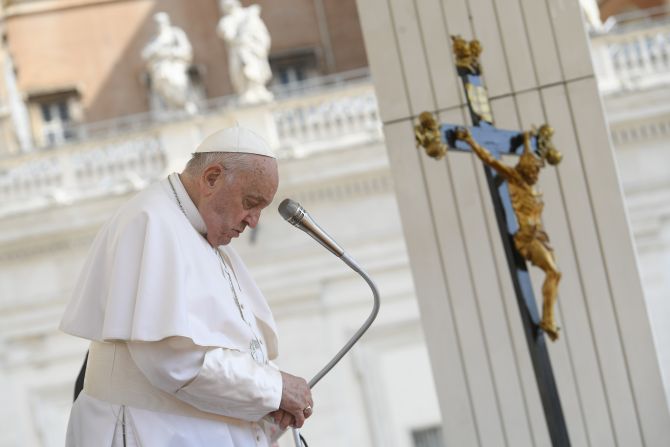Cardinal Müller Criticizes Controversial Statue in Austrian Cathedral
By CNA Staff
Cardinal Gerhard Ludwig Müller, prefect emeritus of the Congregation for the Doctrine of the Faith, has criticized a controversial statue displayed in Linz Cathedral, Austria. The statue, depicting the Virgin Mary giving birth, has been described by Müller as “advertising for feminist ideology that violates the natural sense of modesty.”
The statue, titled “Crowning,” refers both to the coronation of the Virgin Mary and the moment during childbirth when the baby’s head is first visible. The depiction shows the Virgin Mary with her legs spread and the Baby Jesus’s head emerging. Media outlets have generally avoided showing this explicit detail, though it was visible to visitors of the cathedral.
A few days after the statue’s installation, an unidentified individual decapitated it. Despite the damage, the Diocese of Linz announced that the sculpture would remain in the Mariendom art hall until the planned end of the exhibition on July 16, though it would not be visible to the public as the doors are closed and lights are off.
Cardinal Müller expressed his disapproval to kath.net, stating: “A critique of changing Christian art from being a means of piety into an advertisement for feminist ideology in violation of the natural sense of modesty cannot be pseudo-enlightened countered with the accusation of prudishness or pseudo-theologically as an expression of an ultra-conservative attitude.”
He further explained, “If a pictorial representation of the birth of Jesus offends believers and causes a division in the Church, the aim of Christian and especially sacred art, which is to express the infinite beauty of God in human works, has been missed. A representation of the mystery of the true birth of God as a human being must strengthen viewers in their belief in the incarnation of God and focus on Christ, worshipping him as God and Savior.”
Artist Esther Strauß defended her work after the attack on the statue, stating, “Most images of the Virgin Mary were made by men and have often served patriarchal interests. In ‘crowning,’ Mary gets her body back. Whoever removed the head of the sculpture acted very brutally. This violence shows that some people still question women’s right to their own bodies. We must oppose this very decisively.”
Strauß, a performance and language artist, has previously participated in events such as “Witch Talks.” Her works often challenge traditional Western rituals of remembrance and mourning, creating connections with the dead and expanding the understanding of family and community. On her website, she recounts her experience in 2016 of digging her grandfather’s grave with her hands and sleeping in the soil for a night.
The debate surrounding the statue continues to spark discussions on the role of art in religious contexts and the intersection of faith, modesty, and feminist ideology.
Photo credit:
The Cathedral of the Immaculate Conception in Linz, Austria, is the largest church building in that country. | Credit: Dein Freund der Baum, CC BY-SA 3.0, via Wikimedia Commons
This story was first published by CNA Deutsch, EWTN Norway’s German-language news partner. It has been translated and adapted by EWTN Norway and CNA.










